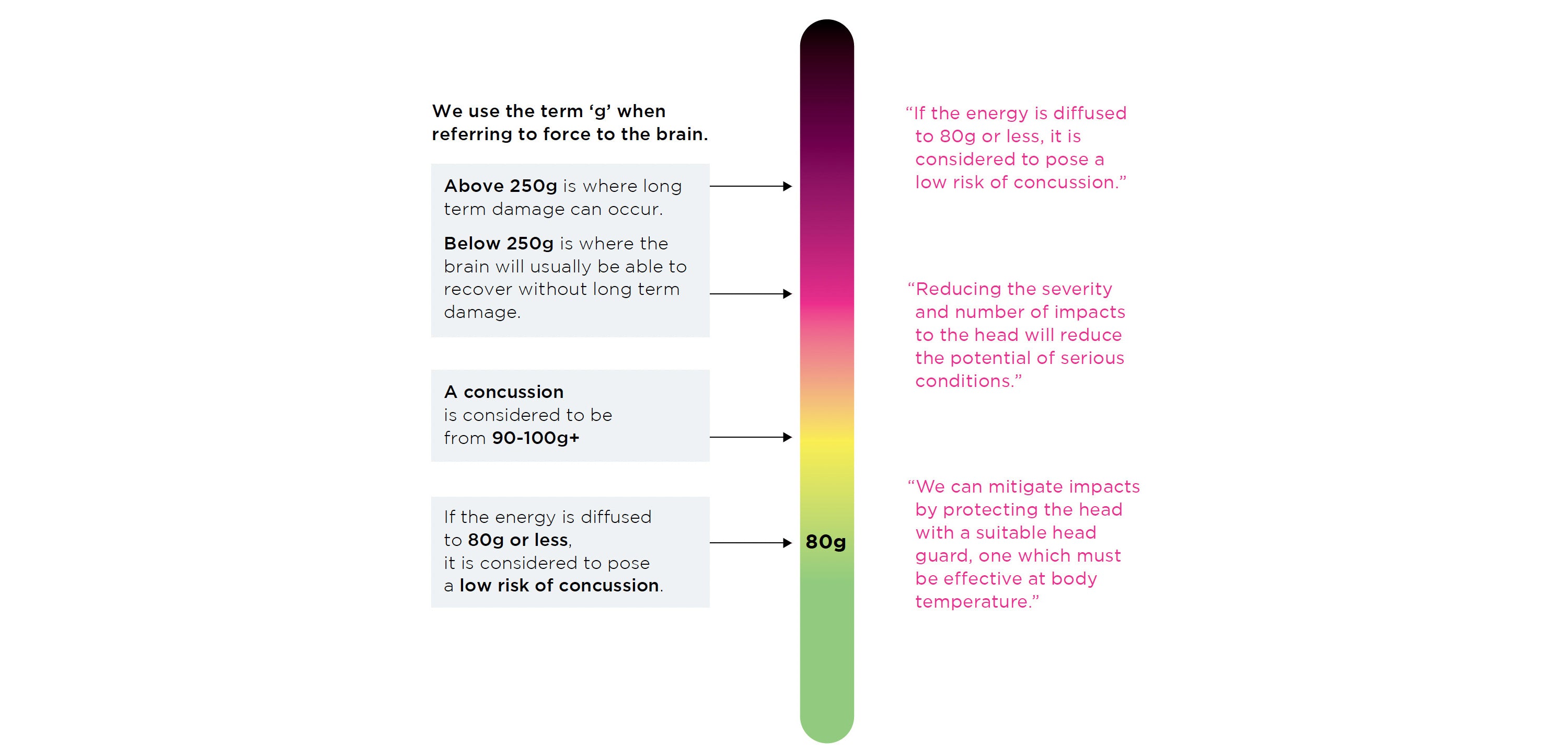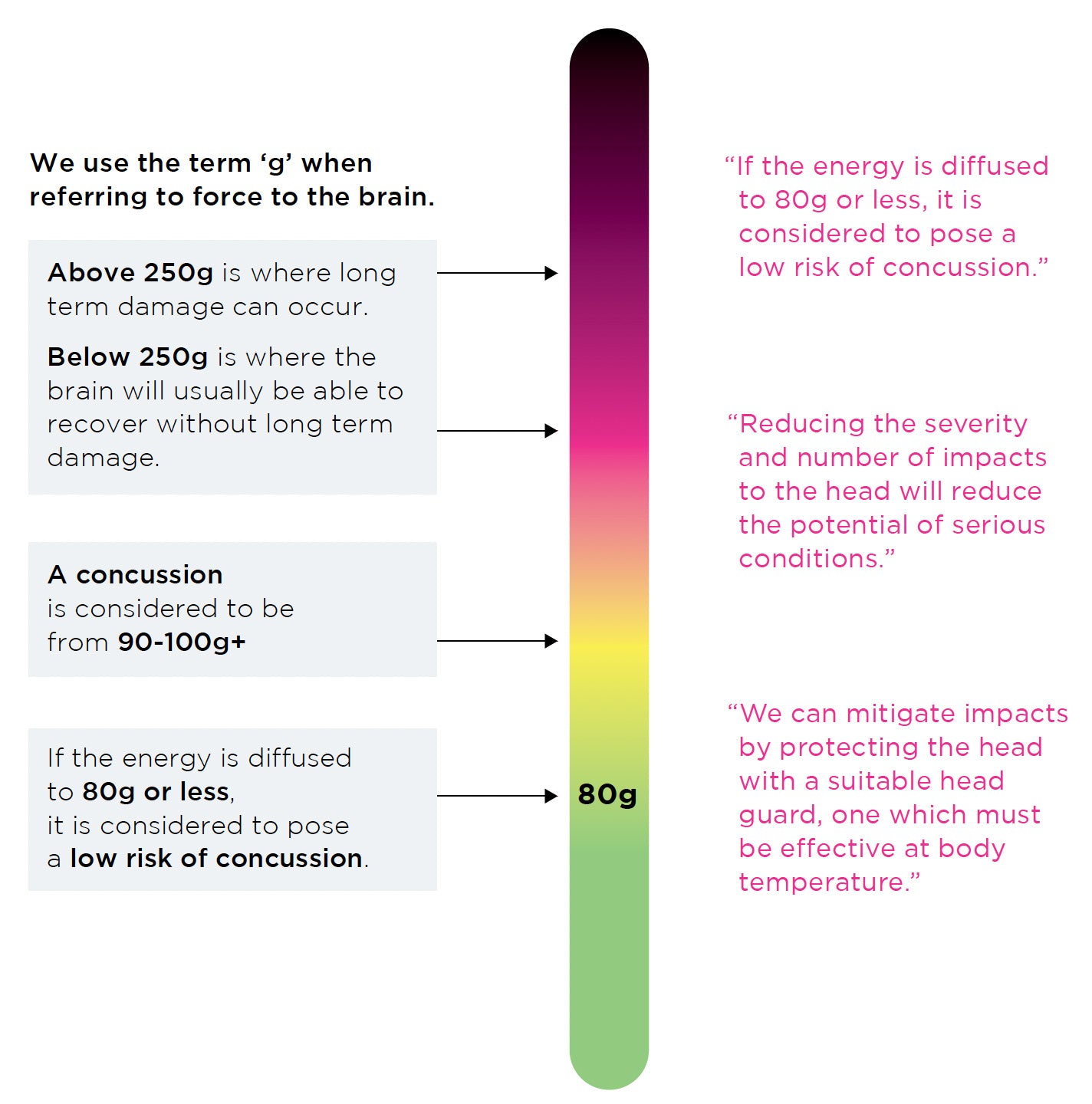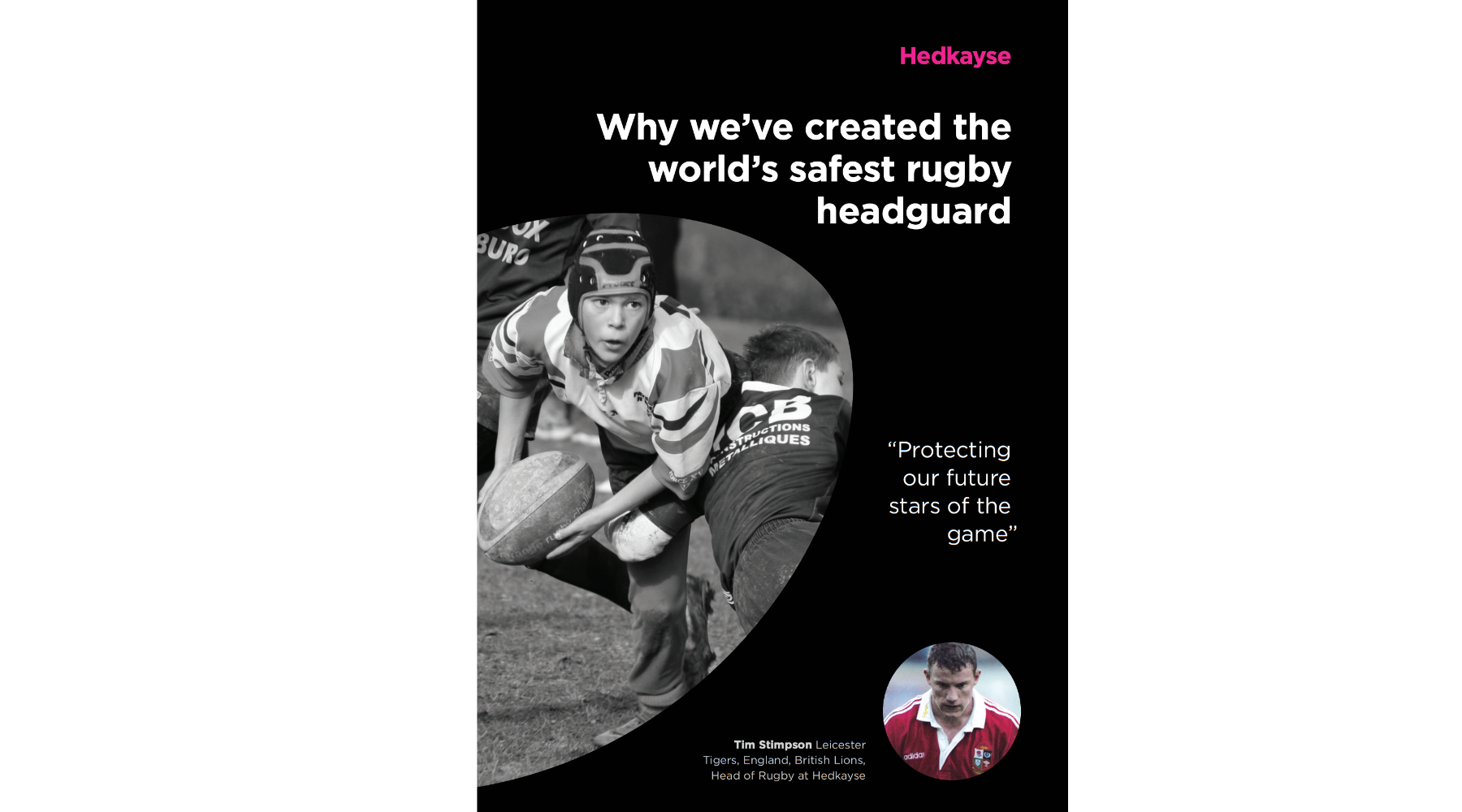The Brain - Spaghetti and Onions
People often describe the brain as a bowl of jelly. But actually it is more useful to consider it as a bowl of raw spaghetti.
Impacts may cause these strands (neurons) to break, which causes damage and the brain needs to self-repair. The harder the impact, the more strands that are broken and the more difficult it is to repair them.
Keeping with the food analogy, you might consider the brain to also be rather like an onion; with the outer layers of the ‘onion’ representing higher function, whilst the inner layers represent primal function. Thus, a mild TBI may result in temporary reduction in higher function (language, vision, recognition and awareness) whilst a severe TBI may result in a reduction in primal function such as balance, breathing rate and body temperature.
A rugby head impact may also be known as blunt force trauma.
The severity is considered as Mild, Moderate or Severe and is directly proportional to the energy absorbed by the head from the impact.
Ideally, we want to diffuse any impact across the head to minimise the pressure and elongate the impact time which reduces the severity.
An mTBI has many contributing factors which influence the severity of the injury.
We can mitigate impacts by protecting the head with a suitable headguard, one which must be effective at body temperature (after all, it will be worn on the head!) and one which diffuses impacts (energy) and, importantly, one which is able to provide this protection over multiple hits.
Repeated impacts to the head can, over time, cause a condition called CTE (Chronic traumatic encephalopathy) which is a progressive brain disease, a type of dementia, and other neurological degenerative diseases.
Reducing the severity and number of impacts to the head will reduce the potential of this condition.


Professor Mansoor Khan MBBS PhD MBA FRCS FEBS FACS CMgr FCMI FFTACC
Consultant Oesophagogastric, General and Trauma Surgeon | Surgeon Commander Royal Navy (Retd) | Honorary Professor of General Surgery

why we've created the world's safest rugby headguard
